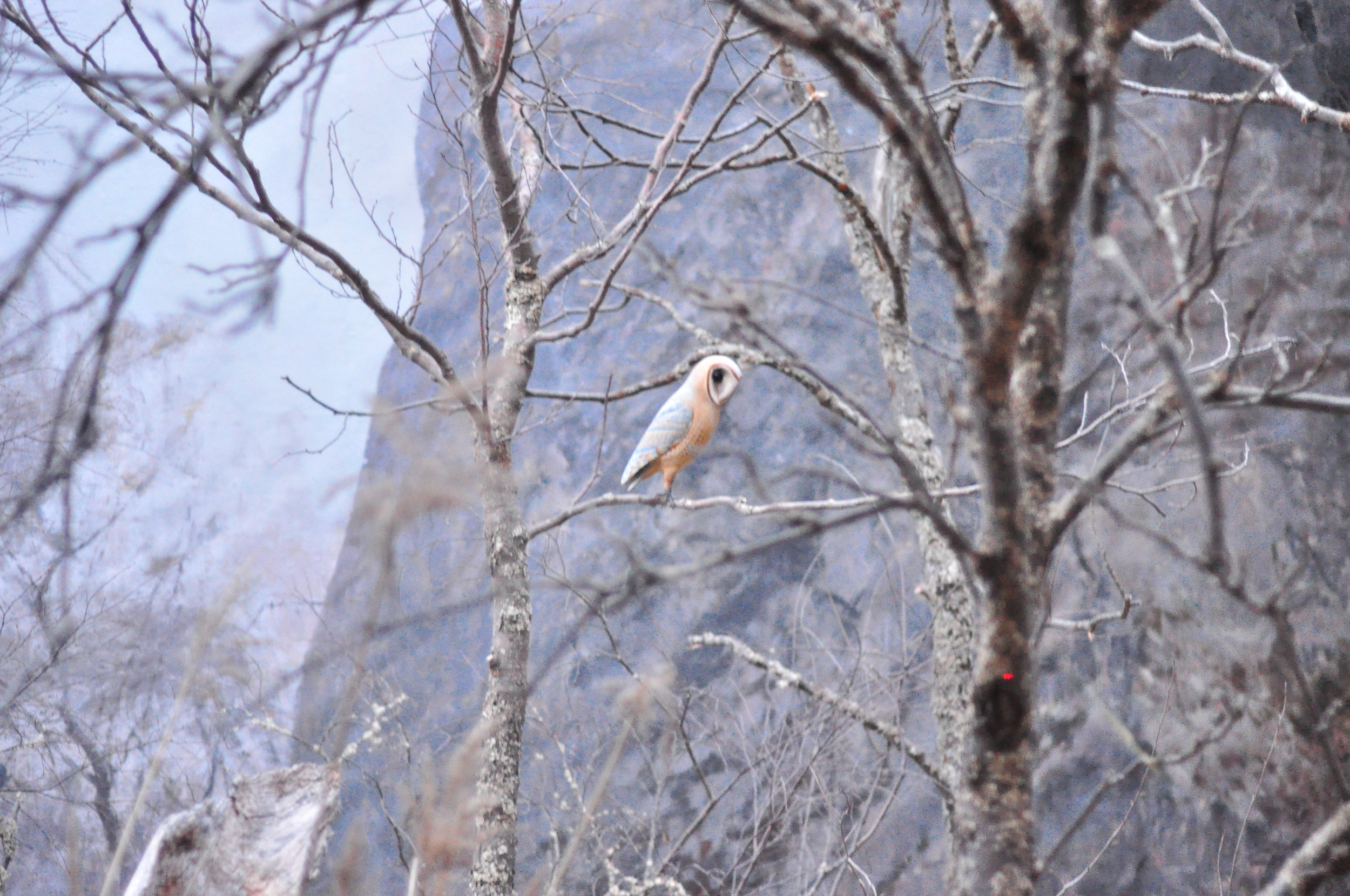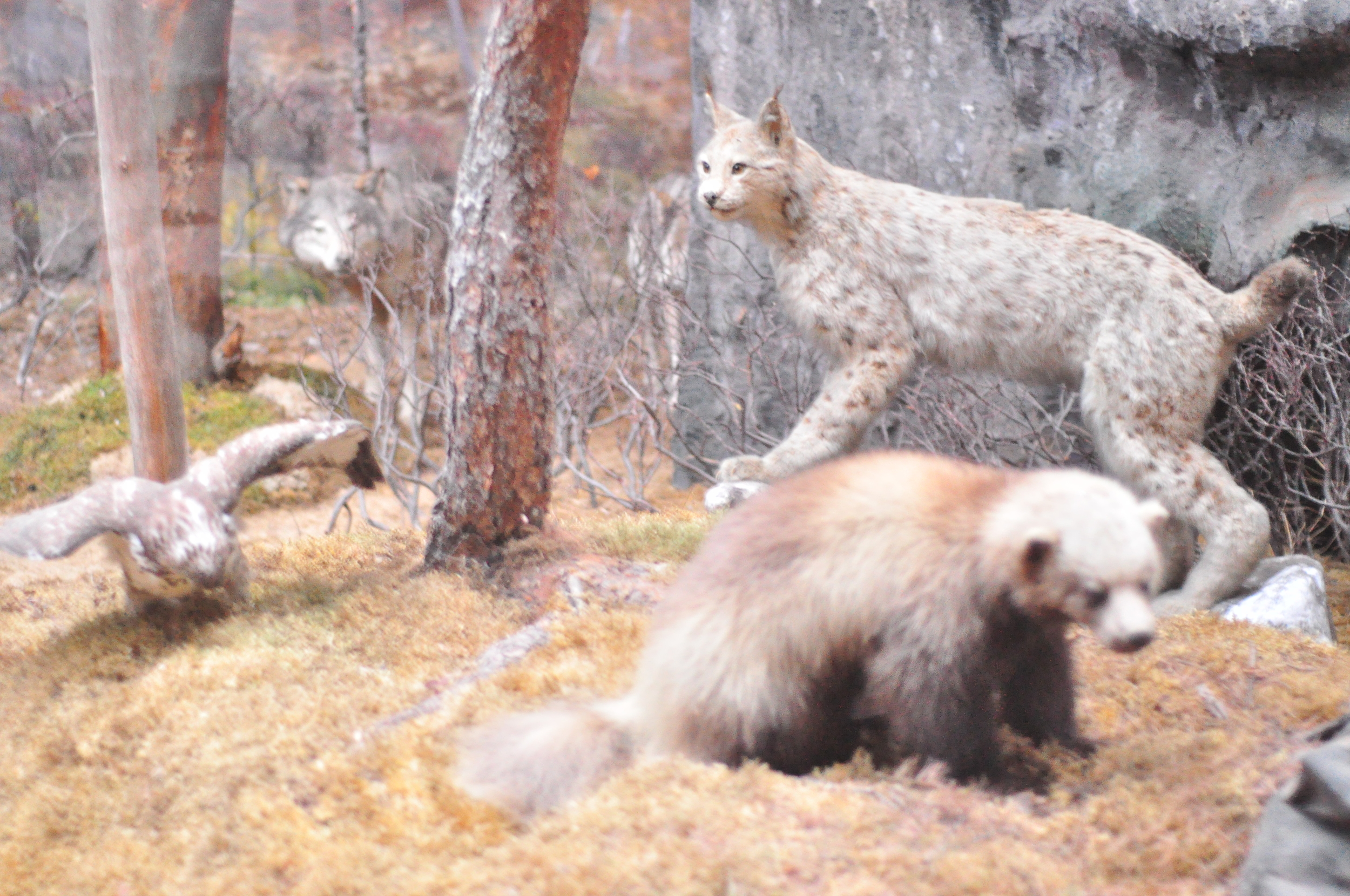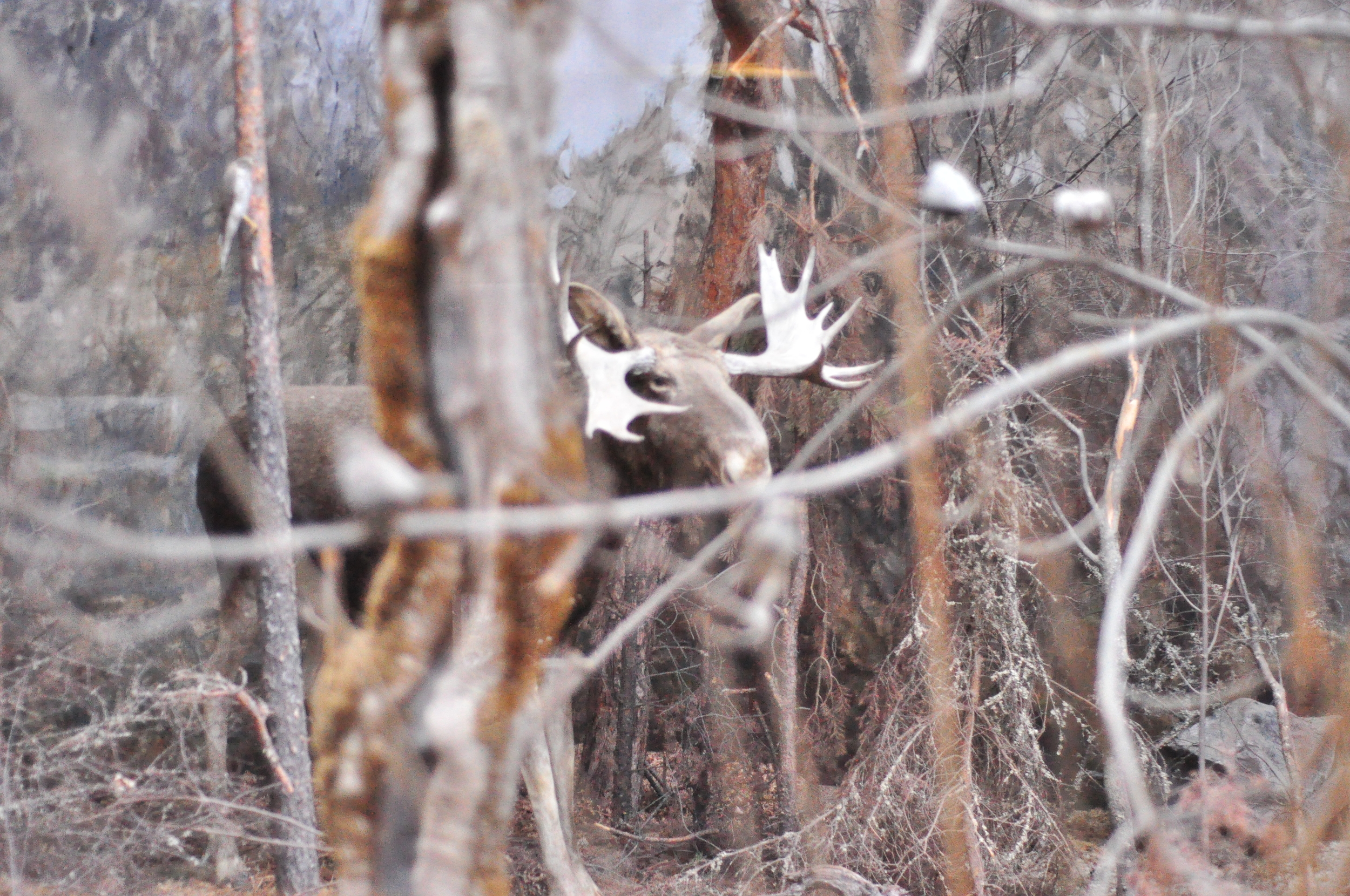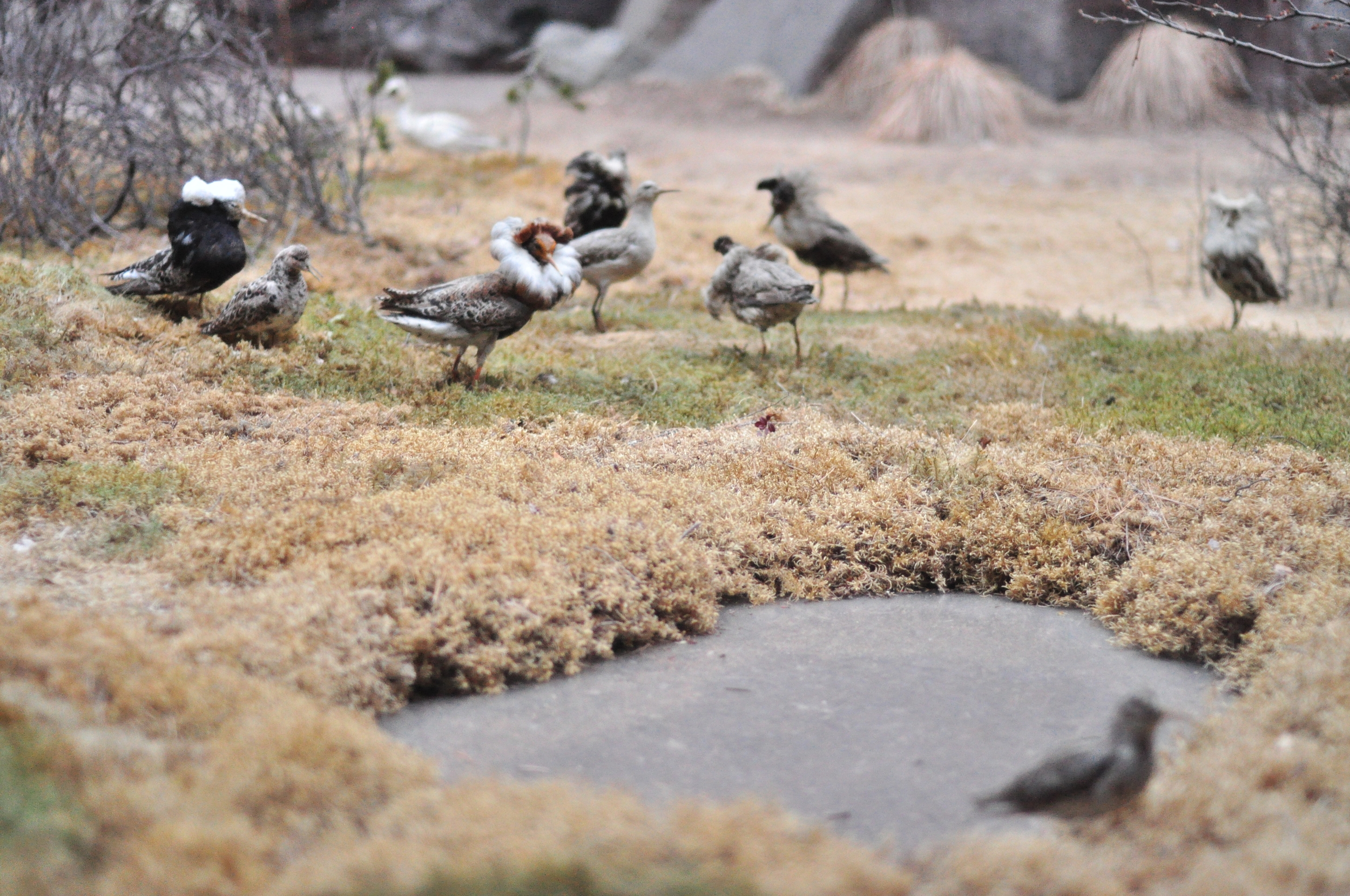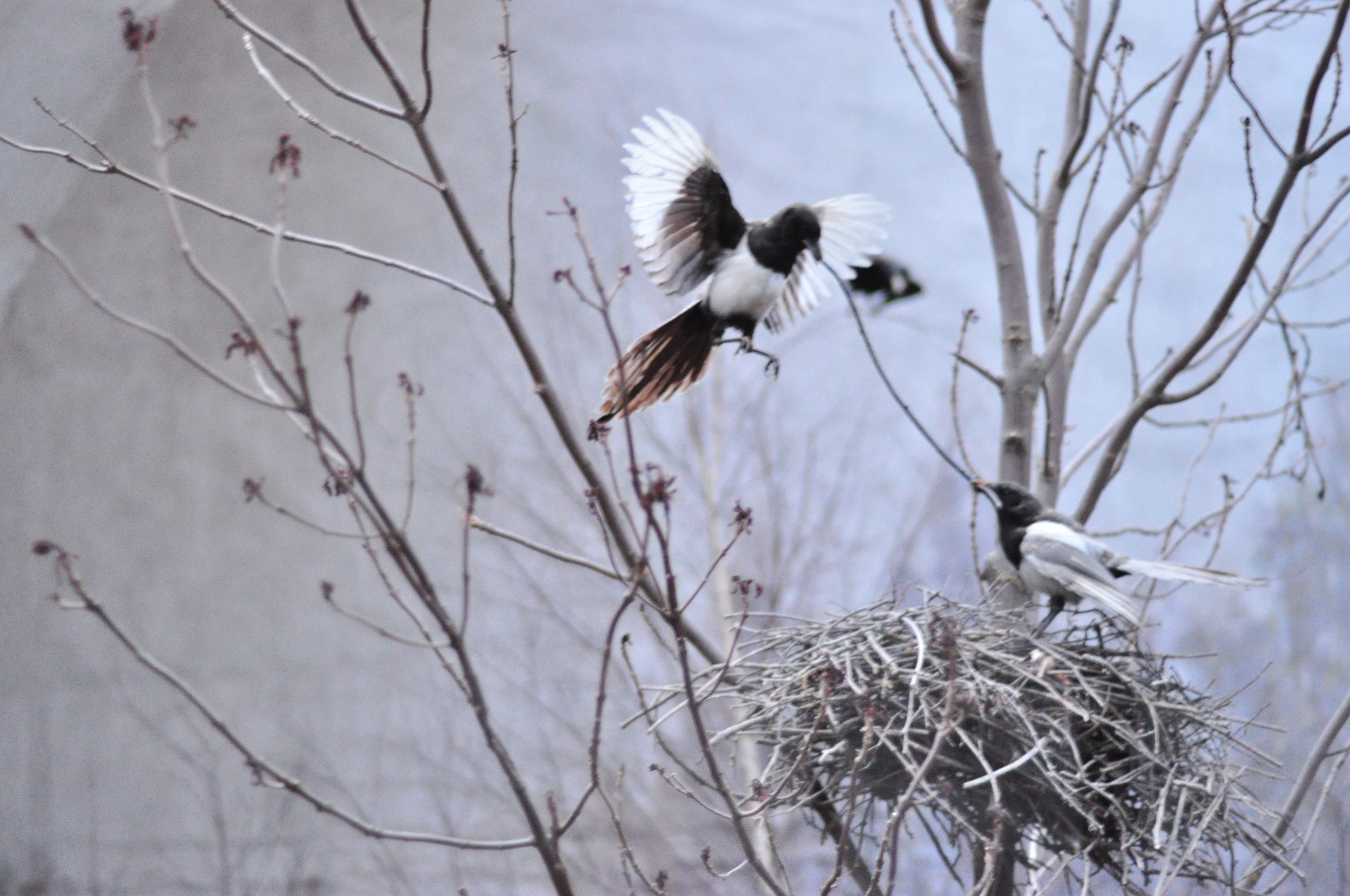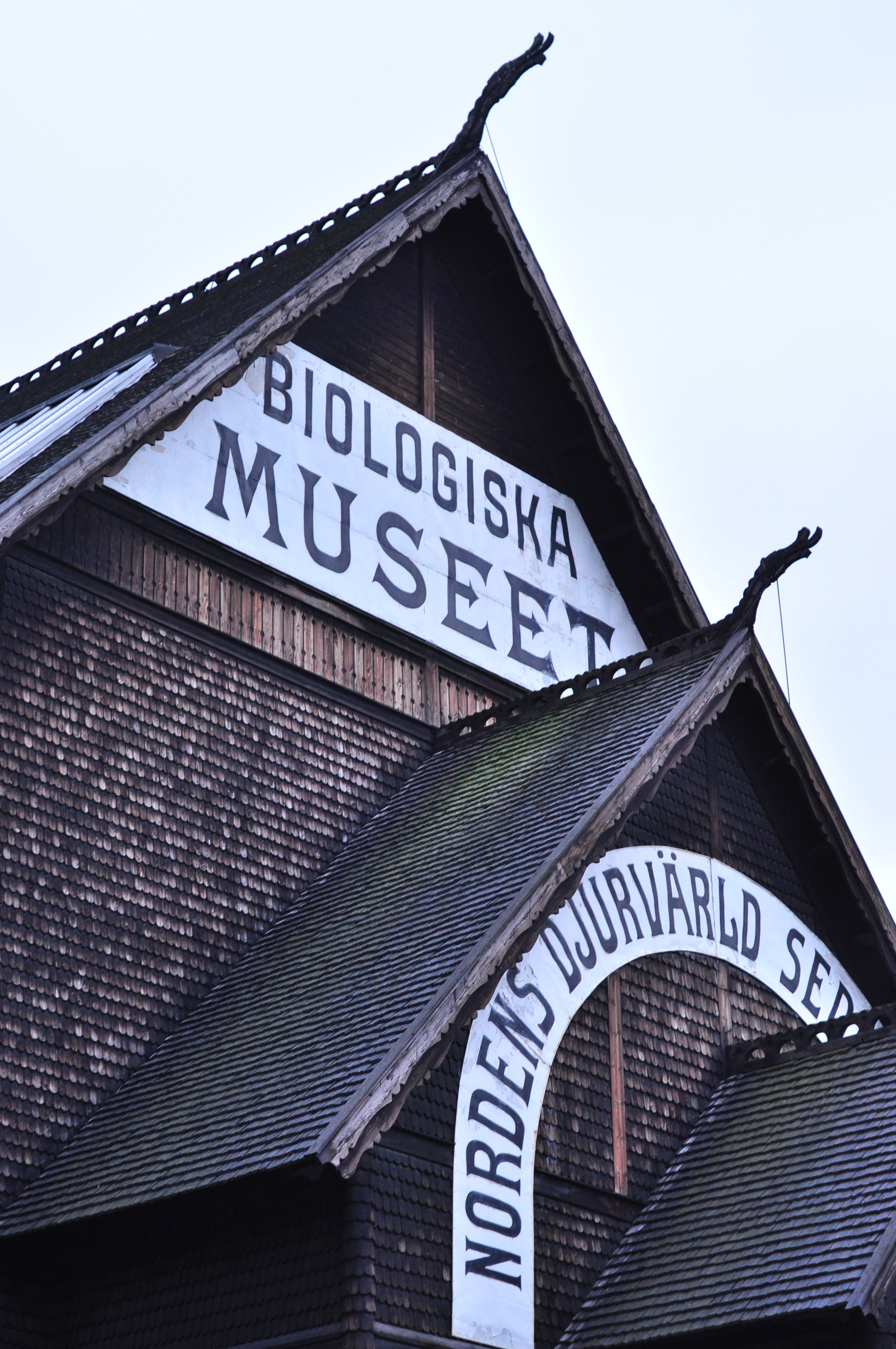Why are we drawn to these collections of dull-eyed and bushy-tailed creatures?
A skvader: a taxidermy cross between a hare and a grouse. Photos: Jo Keeling
This morning we stumbled upon a fascinating Guardian article by Philip Hoare on our renewed (or perhaps continued) interest in the Cabinet of Curiosities – an eccentric and encyclopaedic collection that the writer so eloquently calls “part-witches’ cave, part-apothecary’s chamber and part-science lab.”
Considering we’re planning a team meeting around a visit to Oxford's Pitt Rivers Museum on Thursday, we're already sold. But like the author, I can’t help wondering why we’re drawn to these macabre spectacles? There’s no doubt that taxidermy is in vogue with the youth of today – you can’t even have a quiet drink nowadays without being eyeballed by a stuffed stag with a monocle.
And I'm not saying that's a bad thing – I'm partial to marvelling at these macabre wonders of natural science myself. Top of my list during a visit to Stockholm this November was the incredible Biologiska Museet in Djurgarden. It was founded in 1893 by taxidermist and amateur zoologist Gustaf Kolthoff, who created an epic 360o diorama with Swedish artist Bruno Liljefors. Together, they recreated the cliffs, forest and tundra of Scandinavia and then filled the vast space with an immobile menagerie of bears, lynx and puffins, amongst other Nordic creatures, all viewable via an equally epic double-helix staircase. The museum has remained unchanged since 1893 (although I like to think it comes to life at night).


